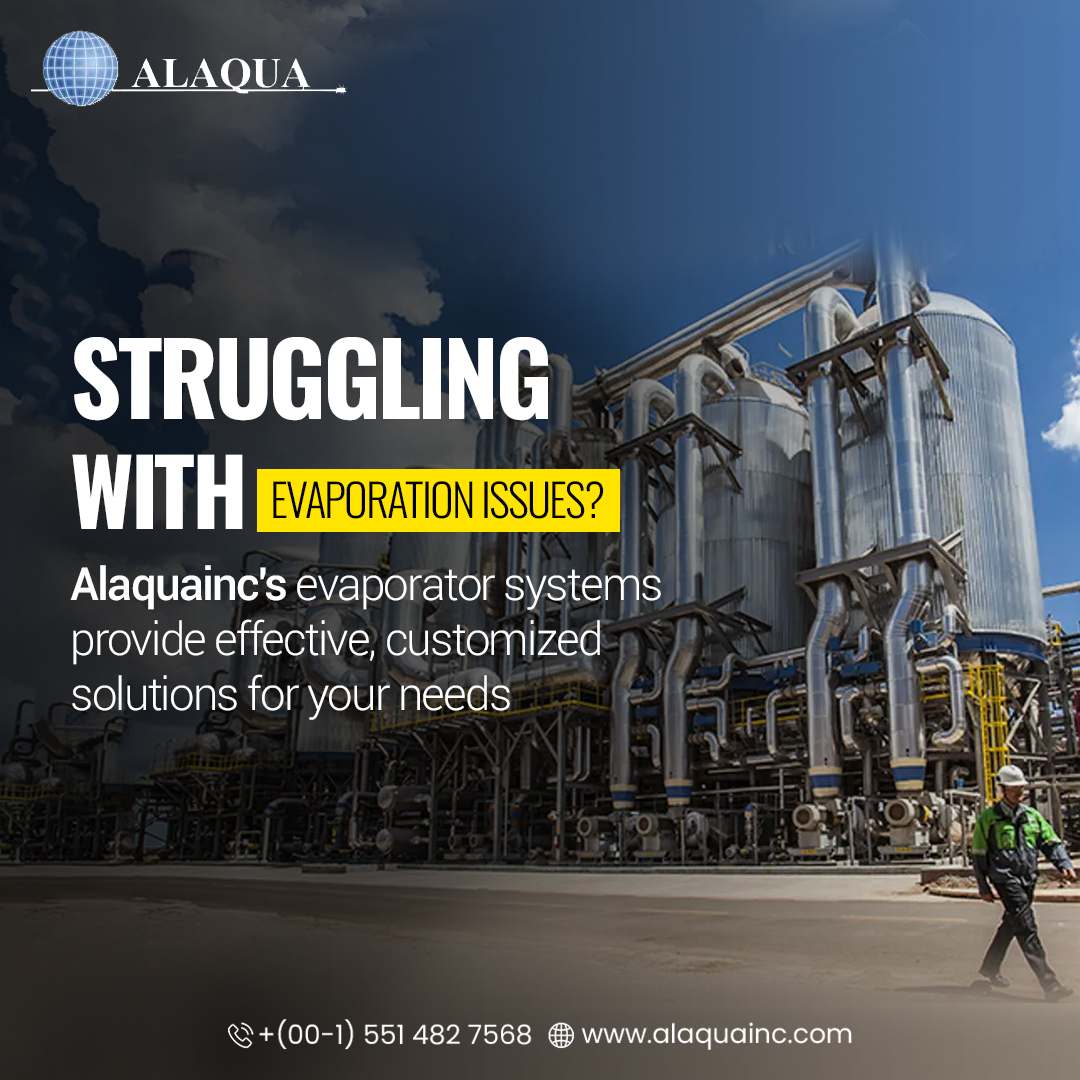In the world of cooling technology, evaporative condensers are a key component used in various industrial and commercial cooling systems. They play a crucial role in enhancing the efficiency and performance of refrigeration and air conditioning systems. Evaporative condensers manage heat rejection, optimizing both evaporators and cooling systems for peak performance, energy efficiency, and reduced costs.
This blog explores what an evaporative condenser is, how it operates, and its benefits and applications.
Evaporative Condenser Explained
A heat exchanger called an evaporative condenser is used to reject heat into the atmosphere from air conditioning or refrigeration systems. It combines the principles of both evaporation and condensation to efficiently lower the temperature of the refrigerant, ensuring that the system operates effectively.
Evaporative condensers are commonly found in large commercial and industrial settings, including:
-
Refrigeration Systems: Supermarkets, cold storage facilities, and food processing plants.
-
HVAC Systems: Large buildings, factories, and data centers require significant cooling capacity.
-
Industrial Processes: Facilities that require precise temperature control, such as chemical plants and manufacturing units.
Working of an Evaporative Condenser
The operation of an evaporative condenser involves a series of processes that utilize both air and water to reject heat. Here’s a thorough breakdown of how it works.:
1. Refrigerant Flow
The process begins with the hot, high-pressure refrigerant leaving the compressor in a refrigeration or air conditioning system. This refrigerant is then directed into the evaporative condenser, where it enters a coil or tube system.
2. Heat Exchanger
The refrigerant flows through a network of coils or tubes within the condenser. As it moves through these coils, it releases heat to the surrounding environment. This heat exchange process is crucial for reducing the refrigerant’s temperature and pressure.
3. Evaporation of Water
Water is sprayed or distributed over coils to improve heat transfer, causing water to evaporate and absorb heat from the refrigerant, thereby cooling the refrigerant more efficiently than air alone.
4. Air Flow
A fan or blower system is used to circulate air across the coils and the water. This airflow aids in the evaporation of water, which, in turn, assists in the heat exchange process. The fan ensures that the air passes over the coils and helps to carry away the heat absorbed by the refrigerant.
5. Condensation
As the refrigerant cools down, it condenses from a gas into a liquid state. This phase change releases latent heat, which is then transferred to the water being evaporated. The cooled, liquid refrigerant is collected and directed back into the refrigeration or air conditioning system to continue the cooling cycle.
6. Discharge of Heat
The evaporated water, now carrying the absorbed heat, is expelled into the atmosphere by the condenser’s exhaust system. The fan helps to expel this warm, moist air, ensuring that the condenser maintains its efficiency and effectiveness.
Benefits of Evaporative Condensers
Evaporative condensers offer several advantages, making them a popular choice in various cooling applications:
1. Increased Efficiency
Evaporative condensers are highly efficient because they use both air and water to facilitate heat exchanger. By leveraging evaporation, they can achieve lower temperatures than traditional air-cooled condensers. Therefore, leading to improved system performance and reduced energy consumption.
2. Reduced Operating Costs
Due to their enhanced efficiency, evaporative condensers often lead to lower operating costs. The ability to operate at lower temperatures means that the refrigeration or air conditioning system requires less energy to achieve the desired cooling effect. Therefore, resulting in reduced electricity bills.
3. Improved Performance
In applications where consistent cooling is critical, such as in industrial processes or large commercial buildings, evaporator condensers provide reliable performance. They help maintain stable temperatures and ensure that the system operates efficiently even under high load conditions.
4. Extended Equipment Life
By reducing the operating temperature of the refrigerant, evaporative condensers can help prolong the life of the associated equipment. Lower temperatures mean less stress on the components of the refrigeration or air conditioning system, leading to fewer breakdowns and maintenance issues.
5. Environmental Benefits
Evaporative condensers contribute to environmental sustainability by improving the overall efficiency of cooling systems. Reduced energy consumption translates to lower greenhouse gas emissions, making them a more eco-friendly option compared to less efficient cooling technologies.
Applications of Evaporative Condensers
Evaporative condensers are used in a variety of applications where efficient heat rejection and reliable cooling are essential. So, some common applications include:
1. Commercial Refrigeration
In supermarkets and cold storage facilities, evaporative condensers help manage the temperature of refrigeration systems. They ensure the storing of perishable goods at the correct temperature, reducing spoilage and maintaining product quality.
2. HVAC Systems
Large buildings, such as office complexes and data centers, rely on evaporative condensers to maintain a comfortable indoor climate. By providing efficient cooling, these condensers help HVAC systems deliver consistent and reliable performance.
3. Industrial Processes
Manufacturing facilities and chemical plants often use evaporative condensers to control temperatures in various industrial processes. Furthermore, accurate temperature control is essential to preserving product quality and guaranteeing the equipment operates safely.
4. Power Plants
Power plants use evaporative condensers to reject waste heat generated during electricity production. These condensers contribute to the power plant’s increased overall efficiency by effectively cooling the steam utilized to generate electricity.
Maintenance and Considerations
To ensure optimal performance and longevity of an evaporative condenser, regular maintenance is essential. Here are some key considerations:
1. Routine Inspections
Frequent inspections assist in spotting any concerns before they develop into significant ones. Inspecting the coils, fans, and water distribution system ensures that the condenser operates efficiently and effectively.
2. Cleaning
Keeping the coils and water distribution system clean is crucial for maintaining heat transfer efficiency. Dirt and debris can obstruct airflow and reduce the condenser’s performance, so periodic cleaning is necessary.
3. Water Treatment
To prevent scaling and fouling, we should use water in the evaporative condenser to treat regularly. Additionally, water treatment guards against system damage and keeps the condenser operating at peak performance.
4. Fan Maintenance
The fan or blower system requires regular checking for proper operation and lubrication. Ensuring that the fan operates smoothly is essential for effective airflow and heat rejection.
To Wrap Up
Modern cooling systems require evaporative condensers because they offer effective heat rejection for commercial and industrial uses. Understanding their workings helps businesses make informed decisions. For those sourcing components like evaporators, partnering with a reputable evaporators supplier in the USA is essential. Regular maintenance of these systems ensures long-term performance and longevity, keeping operations smooth and efficient.













